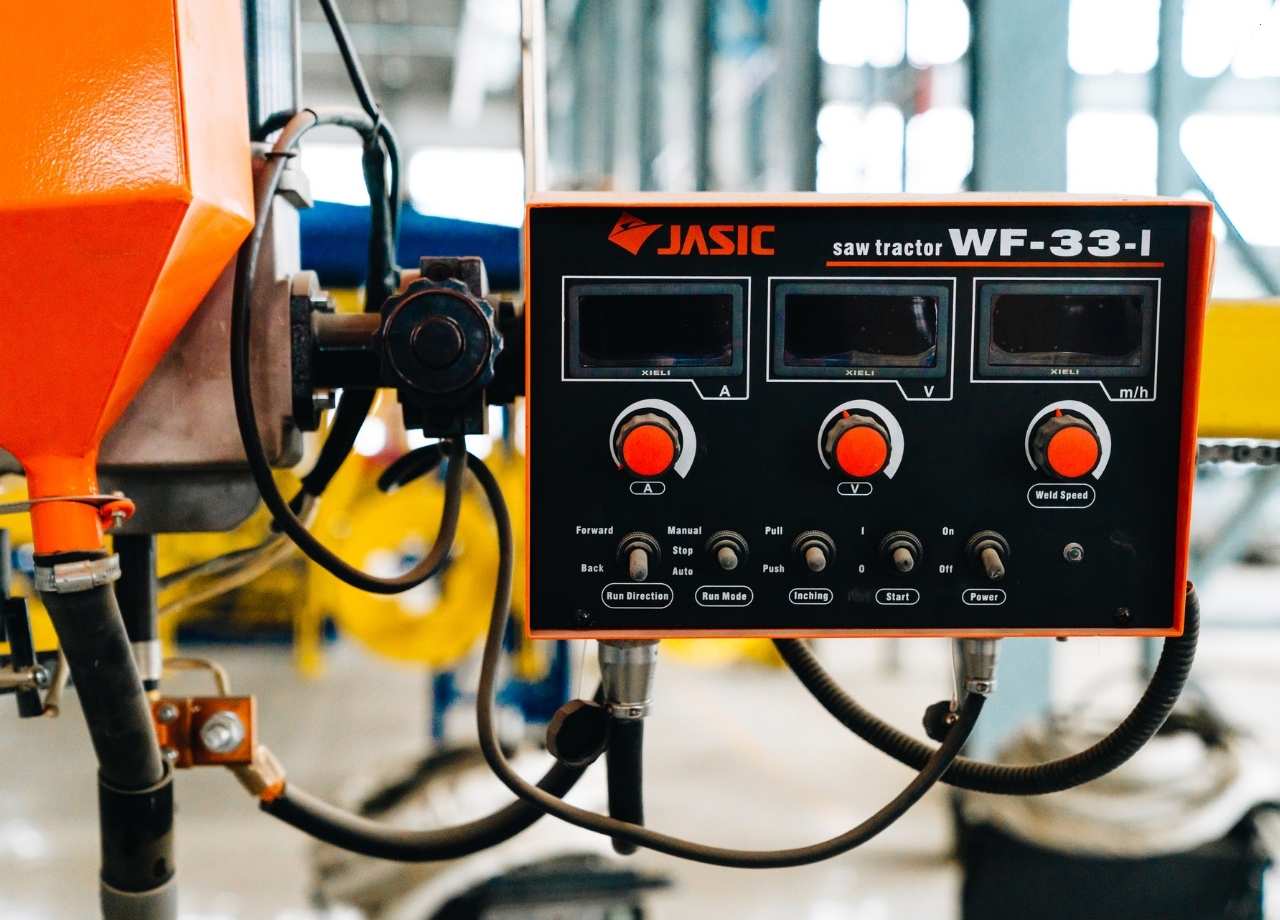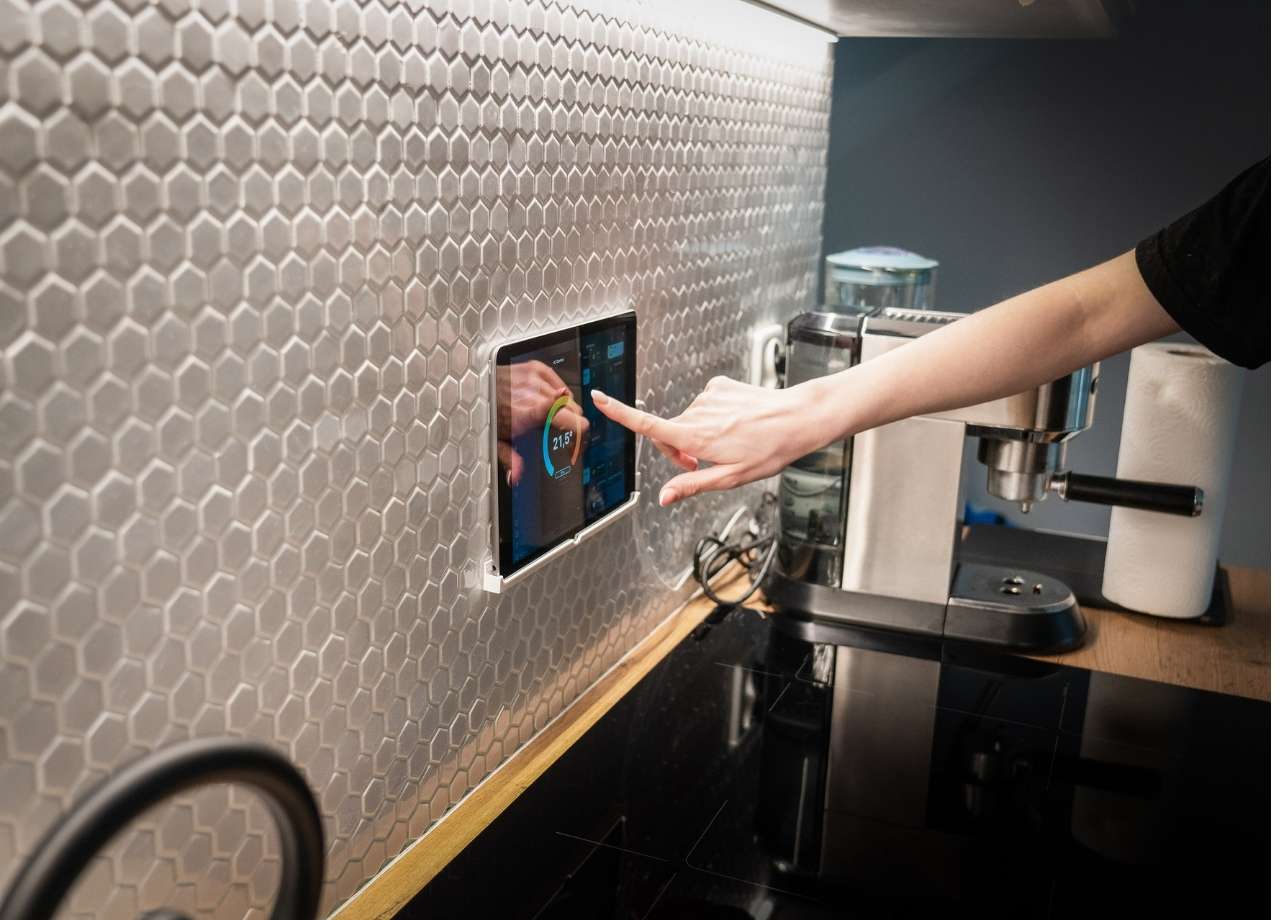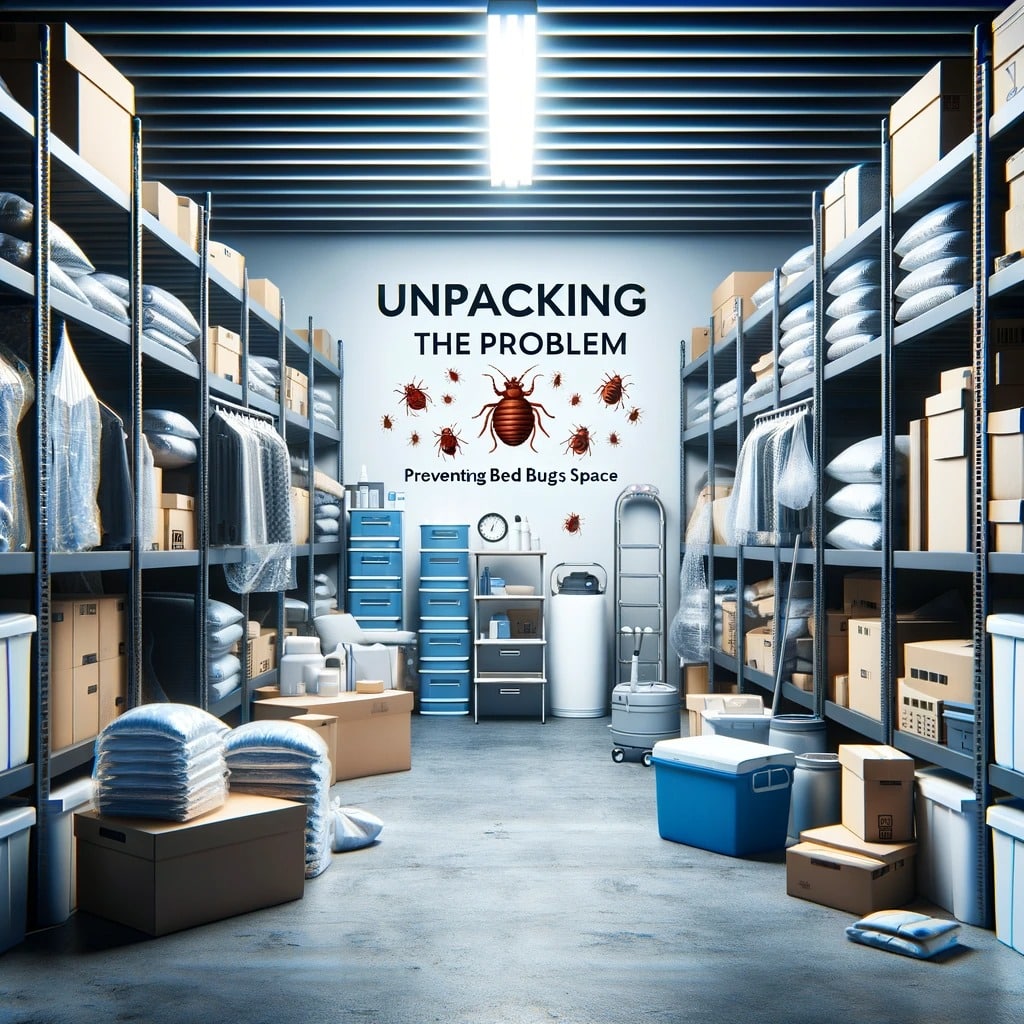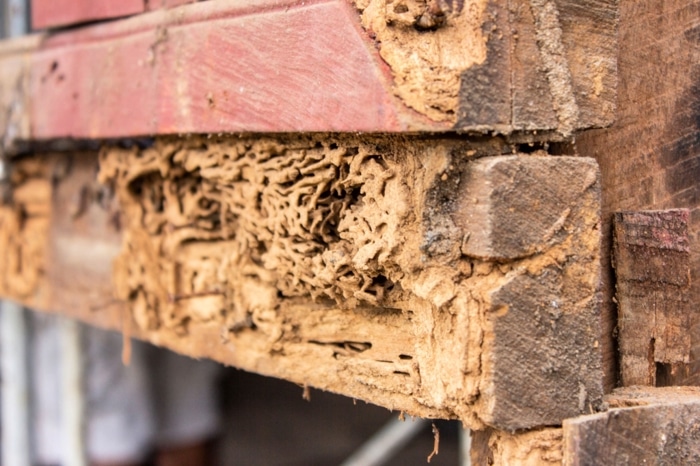If you’ve ever had to deal with a pest issue on your property, you know it’s not just about spraying something and hoping for the best.
Pest control is a whole system, and the tools technicians use play a huge role in how effective the treatment is. Each piece of equipment has a job, and when used right, it can make a massive difference in how quickly and safely pests are handled.
Sprayers Do the Heavy Lifting
Sprayers are probably the most recognized piece of pest control equipment. You’ve likely seen someone walk around with a handheld sprayer or a larger backpack version. These tools are designed to evenly apply liquid pesticides over different surfaces. What makes them effective is the control they offer. A technician can adjust the pressure, the type of nozzle, and the spray pattern based on the pest and the location.
For example, treating a patio for ants is not the same as treating the baseboards inside a unit. One needs a broad spray, and the other needs a more focused line. The ability to switch up how the spray comes out makes these tools essential. Some sprayers also come with extension wands to reach under appliances or up into ceiling corners. It’s simple but very effective.
Dusters Are Sneaky but Powerful
Some pests don’t hang out in the open. They tuck themselves into wall voids, electrical outlets, and the tiniest cracks behind cabinets. That’s where dusters come in. These devices are used to puff insecticidal dust into small, enclosed spaces where pests like cockroaches, ants, and bed bugs tend to hide.
There are a few types, from hand pump versions to electric ones that offer more consistent pressure. The dust settles and clings to surfaces, and when pests walk through it, they pick it up on their bodies. Since the dust is dry, it tends to stay active longer than sprays, making it a go-to for long-term pest control in hard-to-reach areas.
Foggers and Misters Help with Big Coverage
Sometimes pests aren’t just in a couple of corners—they’re everywhere. When that’s the case, foggers and misters can be used to treat large areas quickly. These machines turn pesticides into a very fine mist or fog, which helps it move through the air and settle into nooks and crannies.
There are two main kinds: thermal foggers and cold foggers. Thermal foggers use heat to create a fog, while cold foggers rely on high pressure. Both do the same basic job—getting treatment into the air so it can float down and cover more ground.
These are especially handy in areas like attics, basements, or even exterior landscaping with thick vegetation. It’s not about soaking the space; it’s about creating enough coverage to reach pests that are otherwise out of sight.
Bait Guns Bring Precision to the Job
If there’s one tool that really brings finesse to pest control, it’s the bait gun. These tools are designed to apply gel baits in very precise locations. Instead of spraying an entire area, you place a small dot of bait exactly where the pests are active.
Think about a kitchen in one of your apartments. You’re not going to spray everything and risk contaminating food prep areas. But with a bait gun, a technician can place bait inside a cabinet hinge, behind a drawer, or under a sink lip—areas pests frequent but residents don’t touch.
This kind of equipment helps target pests without creating unnecessary mess or chemical exposure. It’s clean, effective, and efficient.
Traps Still Have a Place
Even with all the high-tech options out there, traps haven’t gone out of style. Glue traps, snap traps, and electronic traps are still widely used, especially for monitoring and confirming pest activity.
Glue traps help pinpoint where pests are traveling. You can set a few out and check back to see where the most activity is happening. Snap traps are mainly for rodents and can be used where poison isn’t ideal, like around pets or kids. Electronic traps give a more modern option, killing rodents with a quick zap and containing the mess.
Technicians often use these tools not just to catch pests but to confirm whether a treatment is working. If traps are coming up clean after a couple of days, it’s a good sign the pests are under control.
Monitors Are the Silent Workhorses
Pest control doesn’t always mean reacting to a problem. Sometimes it’s about spotting one before it becomes serious. Monitoring devices like pheromone traps and light traps are used to track pest activity in a low-key way.
Pheromone traps attract specific insects like moths or beetles by mimicking their scent signals. Light traps use UV light to pull in flying insects like flies or gnats. Both tools help identify early infestations and allow for treatment before things get out of hand.

In apartment common areas, laundry rooms, or trash rooms, these tools help property managers stay ahead of pest issues instead of always playing catch-up.
PPE Is Non-Negotiable
This one might seem obvious, but it’s critical—protective gear. Pest control technicians deal with chemicals and live pests, and that means exposure risk. Gloves, goggles, respirators, and coveralls aren’t just suggestions; they’re standard practice.
When treatments happen inside units or shared spaces, residents often ask about safety. Seeing a technician properly suited up is a good sign that they’re doing things the right way. For property managers, making sure your pest control provider takes safety seriously builds trust with your residents.
Why This Gear Matters for Property Managers
As a property manager, you’re not expected to know every detail about pest control tools, but understanding the basics helps you manage treatments better. When you know what a fogger does versus a bait gun, you can ask smarter questions and set clearer expectations with your pest control provider.
It also helps you explain the process to residents. If someone is worried about chemicals or wants to know why they can’t use their kitchen for a few hours, being able to confidently describe what was used and why goes a long way.
Also, when you partner with services like Pest Share, you’re not just getting pest control—you’re getting access to the latest tools, technology, and expertise. Our providers are trained on using this equipment the right way, ensuring safe and effective treatments without disrupting your property’s day-to-day flow.
Final Thought
Pest control isn’t magic—it’s a mix of strategy, timing, and the right equipment. From sprayers and dusters to monitors and traps, every tool has a specific job. When used correctly, they help keep pests under control without causing a mess or unnecessary stress for your residents.
As a property manager, just knowing how these tools work puts you in a better position to manage issues before they grow. And when you’re backed by a partner like Pest Share, you know those tools are being used with precision and care, every single time.





